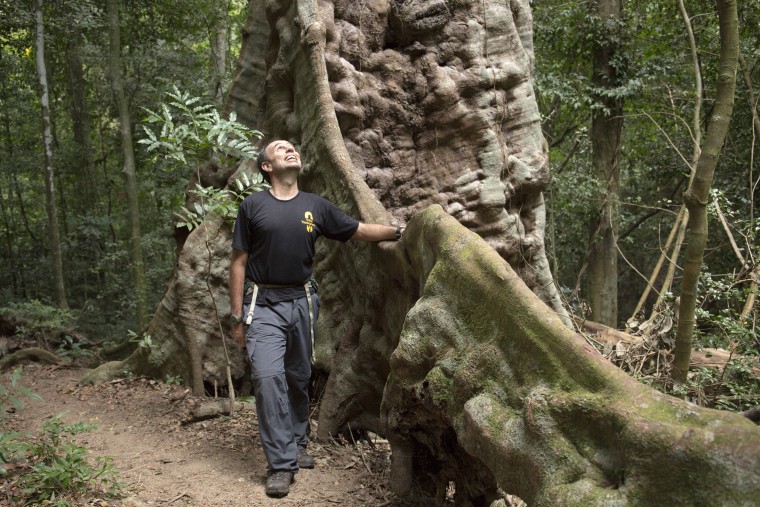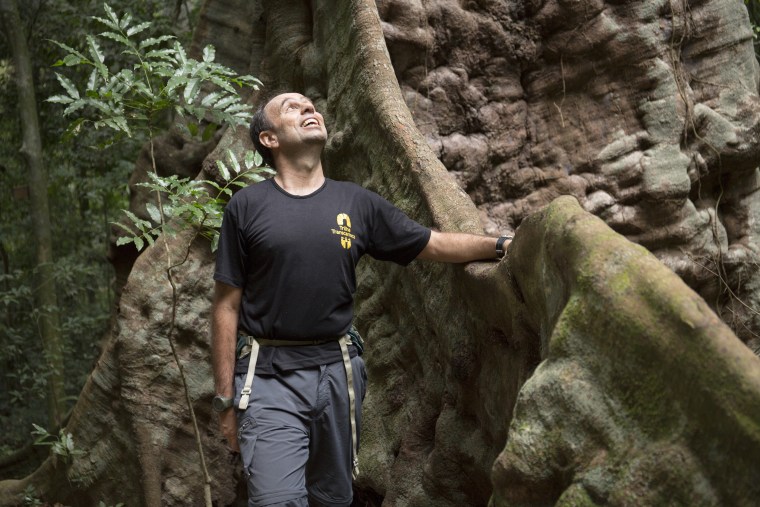RIO DE JANEIRO — The idea to create the first long-distance trail in Rio was born in Atlanta, when a group of Brazilians headed to the 1996 Olympics to learn what it would take for their city to host the global sporting event.
Pedro Da Cunha e Menezes was part of the group, and it was during that trip that he discovered the Appalachian Trail — the 2,160-mile route that runs from Georgia to Maine — which inspired him to create a similar experience in his home city.
“I thought, well, we have a long-distance trail in Rio, it’s just not blazed or signed or properly managed,” recalled Menezes, an official at the foreign ministry. “Twenty years later, the trail is becoming a reality.”
The 112-mile-long Transcarioca Trail crosses the city from the Barra de Guaratiba, a beachy neighborhood in the western zone of Rio, to the iconic Sugarloaf Mountain.
“I've been hiking this trail for 43 years and I still get surprised by views I've never seen before,” Menezes said.

One section of the trail passes through the Tijuca Forest. Only steps away from the hustle-and-bustle of Rio’s streets, this tropical jungle is considered to be the largest urban forest in the world.
The Tijuca is also the first to be restored on such a large scale. The original forest was decimated to make way for sugarcane and coffee plantations. After a series of severe droughts in the mid-19th century, Emperor Pedro II issued an order to reforest the barren hills of Rio.
“This Tijuca park is the first place in the world to have a big-scale restoration of the forest, so this is really special,” said the World Wildlife Fund Richard Smith, who is working on connecting the Transcarioca to a larger trail that crosses the mountain range along the Brazilian coast.
“This work is very important because it brings people inside the forest," Smith said, "and when you bring people inside the forest it's very nice way of mobilizing and engaging people to protect the environment."

